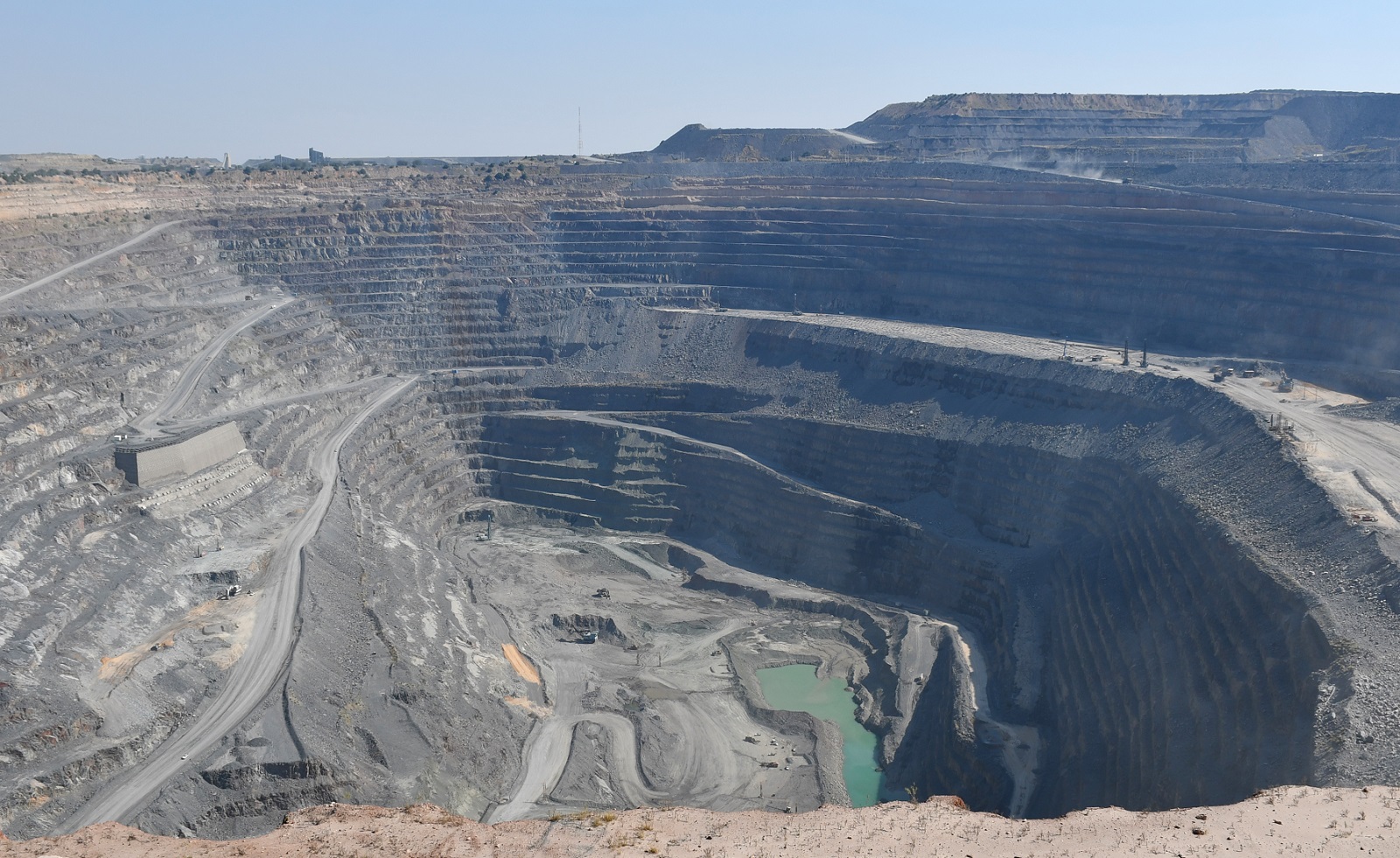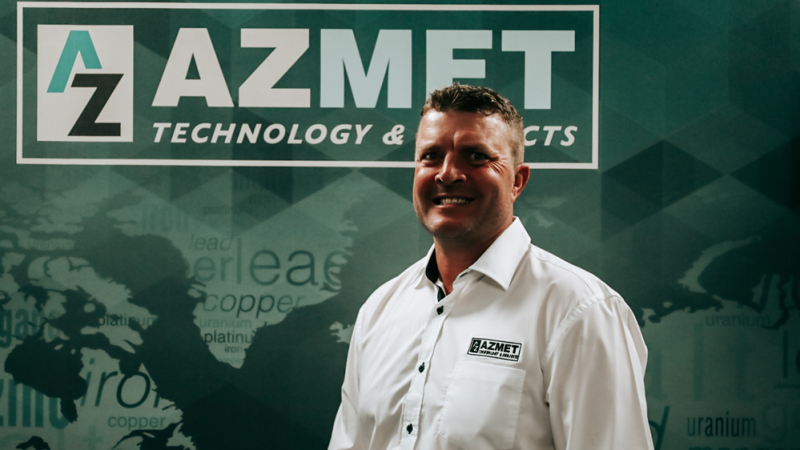Debswana Diamond Company is one of the largest private-sector employers in Botswana. Debswana, established in 1969, is an equal-share joint venture between the government of Botswana and De Beers Group, the international diamond company.
The company operates four diamond mines, the major being the Jwaneng Mine operation located in Southern District of Botswana – an anchor for both shareholders.
Best performance
Jwaneng Mine is the richest diamond mine by value in the world with an annual average of carat production at 10.5M carats from 8.1M tonnes of ore treated. The mining operation spans over 40 years and specialises in the mining of high-quality rough diamonds.
 “To date, the mining operations have successfully executed 9 projects: in 2 of which we mine ore; the latest project is planned to reach maximum output in 2030. As a result, Jwaneng Mine operates a super-pit which is 2.4 km in length and 1.8 km in width,” explained Debswana Jwaneng Mine’s General Manager Koolatotse Koolatotse.
“To date, the mining operations have successfully executed 9 projects: in 2 of which we mine ore; the latest project is planned to reach maximum output in 2030. As a result, Jwaneng Mine operates a super-pit which is 2.4 km in length and 1.8 km in width,” explained Debswana Jwaneng Mine’s General Manager Koolatotse Koolatotse.
“At Jwaneng mine, we view ourselves as thought leaders with an entrenched culture of excellence and high performance that promotes the use of innovative initiatives to enhance efficiencies and effectiveness of systems and processes across the ecosystem of our operation. In line with this, our production plants delivered their best annual performance in 2022, beating our 2007 record by a good margin.”
This remarkable record comes after a series of consistent stellar performances that the company recorded by first winning the inaugural Anglo-American Golden Plant Awards in 2020 and consistently scooping the top three positions in subsequent P101 awards. The awards compare the performance of plants across the Anglo-American group.
Safe and successful
Koolatotse Koolatotse affirmed that at Jwaneng Mine, safety is viewed as an integral part of the operation, and the company is committed to absolute zero harm to both employees and assets. “This endeavour is reflected in our breakthrough targets: we have set ourselves a target of a Total Recordable Injury Frequency Rate (TRFIR) of 0.00 by 2024.”
“This unparalleled intention is mirrored in our current Total Recordable Frequency Injury Rate (TRFIR) of 0.04 which is the world industry benchmark. This makes our operation the safest in the world and we have received awards affirming the same. Jwaneng Mine has initiated numerous top-tier safety initiatives that have over the years won international prestigious awards such as the Gold Quill Awards (an international award), AfriSAFE (a continental award) and The Albert Milton Safety Leadership (Group of Companies award).”
The impressive safety standards are not the only aspect that makes the company stand out. “We mine a precious and rare stone which has, over the centuries and globally, come to be known as the ultimate symbol of love, commitment, and dedication. The youngest diamond was formed 300 million years ago and the oldest over 6 billion years ago under intense pressure and heat, involving volcanic eruptions.”
“Premised on this understanding, we design our operational processes to prevent dilution of these captivating natural processes that form the precious stone. Therefore, we prioritise the safety of our employees and communities of influence.”
“This is to be achieved by mining responsibly and ensuring that we manage the utilisation of natural resources and CO2 emissions. Furthermore, governance and ethics are fundamental in all that we do. As such, we subscribe to various assurance frameworks to subject our processes to audits and assessments which test our processes globally against other industry players.”
Helping the transformation
He further pointed out that the company also prides itself as a trusted corporate leader with a good track record from assurance frameworks such as Towards Sustainable Mining (TSM), ISO Accreditations, Anglo-American Social Way (AASW), the Responsible Jewellery Council (RJC) and the Security Maturity Model.
“Our second value preposition is that our diamonds are for development: the story of Botswana diamonds is a sentimental one for our nation, for decades diamonds were the mainstay of our economy, contributing 80% of GDP. Over the years, the economy has steadily been deliberately diversified and currently, diamonds contribute 40% of GDP, as well as being the main export contributor at 70%.”
“Botswana has experienced the transformation of coming from a low middle income to medium income status nation with exponential growth in literacy, access to health and basic amenities due to diamonds. 90% of our population attend public schools and hospitals at a highly subsidised cost of 90% paid by the government; we generally consider these services to be free. Personally, I consider myself a product of diamonds as I was a beneficiary of free education from primary school through to tertiary,” he reflected.
 Exciting journey
Exciting journey
Post-pandemic, Debswana has been handling well the challenges resulting from the disrupted supply chain and the current volatile marketplace. “The cost of inputs skyrocketed due to restrictions on movement and long lockdowns, but we have managed to contain the cost of production due to breakthrough thinking and P101 initiatives which focused on Original Equipment Manufacturers (OEMs). This has reduced production costs significantly,” Mr Koolatotse remarked.
Going forward, Debswana makes sure that progress is fully supported by competent staff and invests in leadership training. “We trained all the management on a training course called Breakthrough which empowers individuals to fully commit to the outputs and outcomes of their processes by developing innovative ideas to effectively and efficiently drive their processes.”
This was a personal experience for Mr Koolatotse: “I was the first one to attend the training. Seeing how it transformed my approach to business, I designed a change process which has since seen 90% of the middle and top management attend the training.”
“We are also committed and deliberate about succession planning and deploy all possible means to prepare employees for leadership roles and to employ the best people for the roles where we do not have the competencies internally. “
In conclusion, he acknowledged that Jwaneng Mine is embarking on an exciting journey which will transform its operation completely and extend the life of the mine out to 2053.







